Wakeboarding without boots, often called barefoot wakeboarding, is possible but comes with some important considerations. In this article, Wakeboard Traveller‘ll look at the pros and cons of wakeboarding barefoot to help you decide if it’s right for you.
What is Barefoot Wakeboarding?
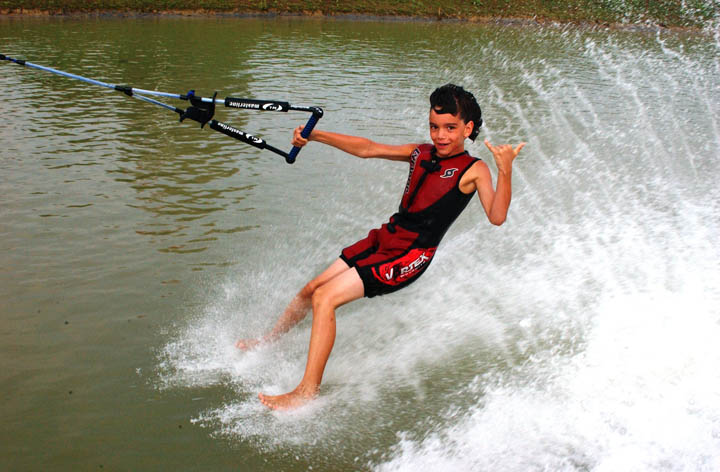
- The Traditional Way: Wakeboarding With Boots: Traditionally, wakeboarding is done with boots, also known as bindings, that are securely attached to the board. These boots provide a firm grip, ensuring that the rider stays connected to the board while performing tricks or jumping off the wake. They also offer protection to the rider’s feet from potential injuries.
- The Unconventional Approach: Wakeboarding Without Boots: However, there’s a segment of riders who prefer the thrill of wakeboarding without boots. This approach certainly offers a sense of freedom and a unique connection with the water. But it’s important to note that wakeboarding without boots comes with its own set of challenges and risks.
Pros of Wakeboarding Without Boots
- More grip and board feel: Without boots or bindings, you can grip the board better with your feet and feel more connected to the board. This allows more control.
- Easier wipeouts: Bare feet slip off the board easier than being attached with boots and bindings. This can mean less injuries from bad falls.
- Better mobility: No boots means your ankles and feet have full natural mobility and range of motion. This enables more flexing and pointing of feet.
- Warmer: Riding barefoot avoids having your feet encased in neoprene boots, keeping them cooler on hot days.
- Less equipment: You avoid the cost and maintenance of wakeboard boots and bindings.
Cons of Wakeboarding Without Boots
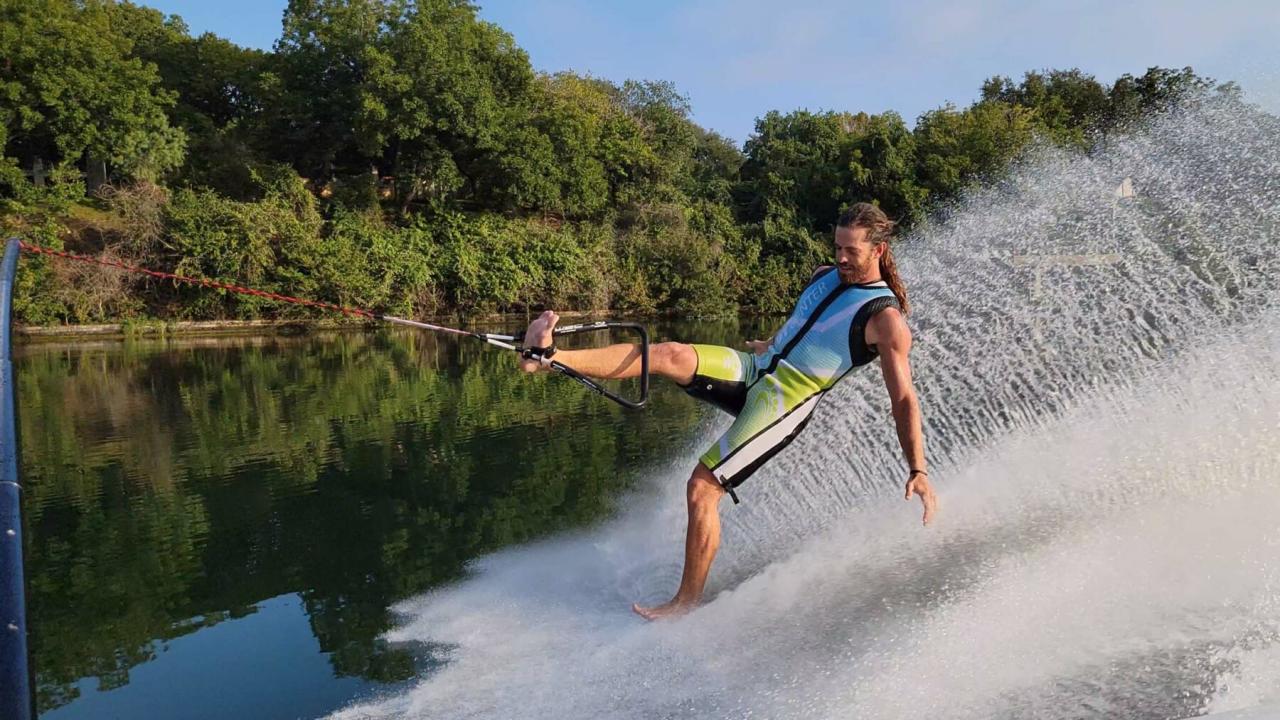
- Higher learning curve: Staying upright and balanced on the board is harder without the support of snug boots. It takes time to get used to.
- No support: Your feet and ankles get no protection or support from barefoot riding. This can lead to foot cramps and soreness.
- Grip challenges: If your feet get wet or sweaty, they can start sliding around on the board making it hard to stay locked in.
- No shock absorption: Boots cushion your feet and ankles from impacts. Barefoot offers no padding from choppy water or hard landings.
- Foot injuries: Landing off-balance or slipping sideways can more easily result in cuts, scrapes or stubbed toes.
Tips for Barefoot Wakeboarding
If you want to try wakeboarding without boots, keep these tips in mind:
- Apply grip tape to your board for maximum traction. Cover the whole top surface.
- Keep feet shoulder-width apart and knees bent for balance.
- Start with small ollies and rails before trying big air tricks.
- Lean back slightly and keep weight centered over the board.
- Wet feet will slip – dry them thoroughly before each ride.
- Build ankle strength. Balance comes partly from strong ankles.
- Consider padded socks for some protection and abrasion prevention.
- Master board control before attempting advanced tricks.
- Check board surface regularly for wear and reapply grip tape as needed.
Safety First: Precautions to Take

If you decide to try wakeboarding without boots, it’s crucial to prioritize safety. Here are some precautions to take:
- Use a Suitable Board: Use a board designed for barefoot riding. These boards typically have soft tops to provide some level of comfort and protection to your feet.
- Start Slow: If you’re new to wakeboarding without boots, start slow. Get comfortable with the feeling of the board under your feet before attempting any tricks.
- Wear Protective Gear: Consider wearing water shoes or neoprene socks for some protection. A life jacket is a must, and a helmet is highly recommended.
Is Barefoot Wakeboarding Right For You?
Wakeboarding without boots is certainly possible, but does require some adjustment from the feel of regular booted wakeboarding. It can be an interesting way to change up your riding experience if you want more grip and freedom of movement.
However, for beginners or those focused on learning new tricks, sticking with boots is advised. The support and stability of boots provide important advantages as you progress your technique.
Wakeboarding barefoot is perhaps best for experienced riders looking to switch things up and take their board control skills to the next level. Take it slow at first and build up your barefoot comfort and technique.
So, can you go wakeboarding without boots? The answer is yes, but it comes with increased risks and challenges. If you’re an experienced rider looking for a new thrill, wakeboarding without boots could be an exciting adventure. However, if you’re a beginner or value control and safety over the thrill, sticking to wakeboarding with boots is the way to go.
Can You Go Wakeboarding Without Boots? – Wakeboard Traveller
Wakeboarding without boots, often called barefoot wakeboarding, is possible but comes with some important considerations. In this article, Wakeboard Traveller’ll look at the pros and cons of wakeboarding barefoot to help you decide if it’s right for you.
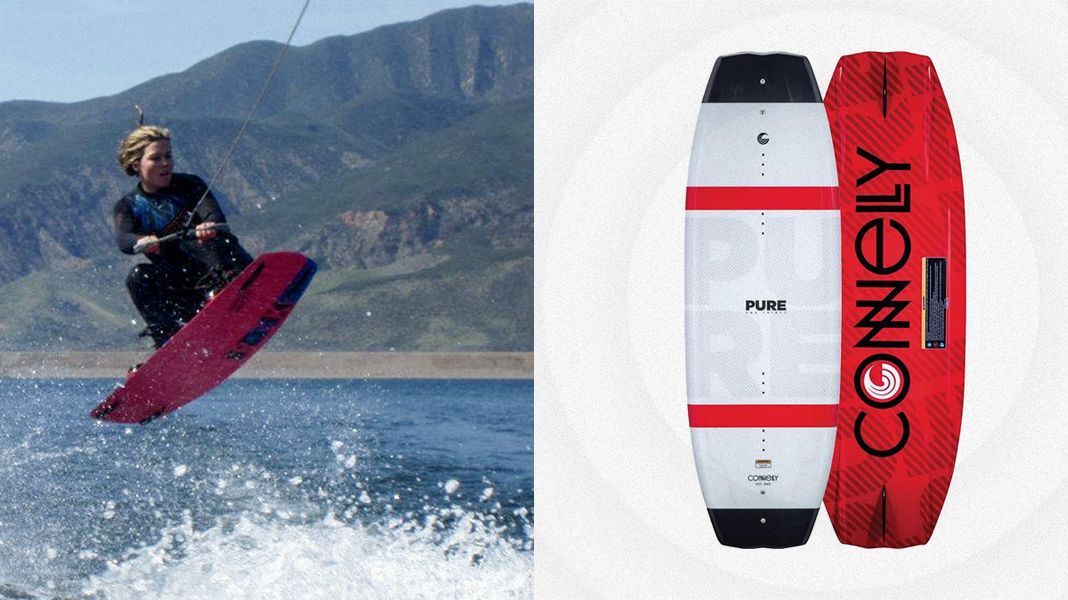
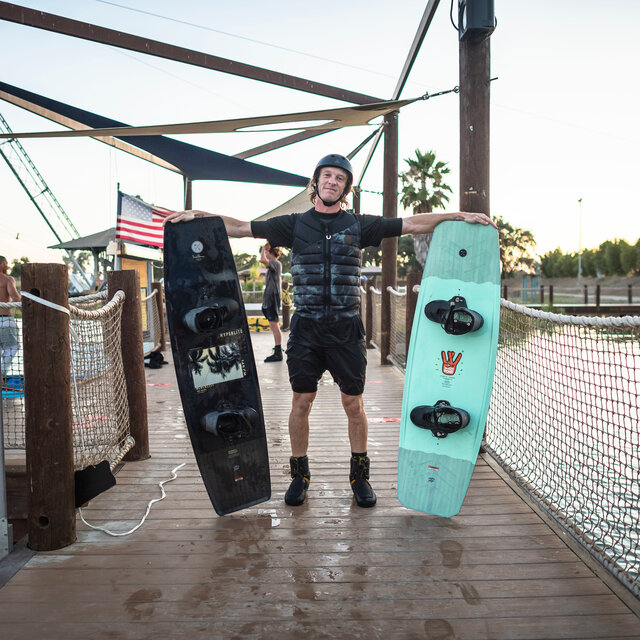
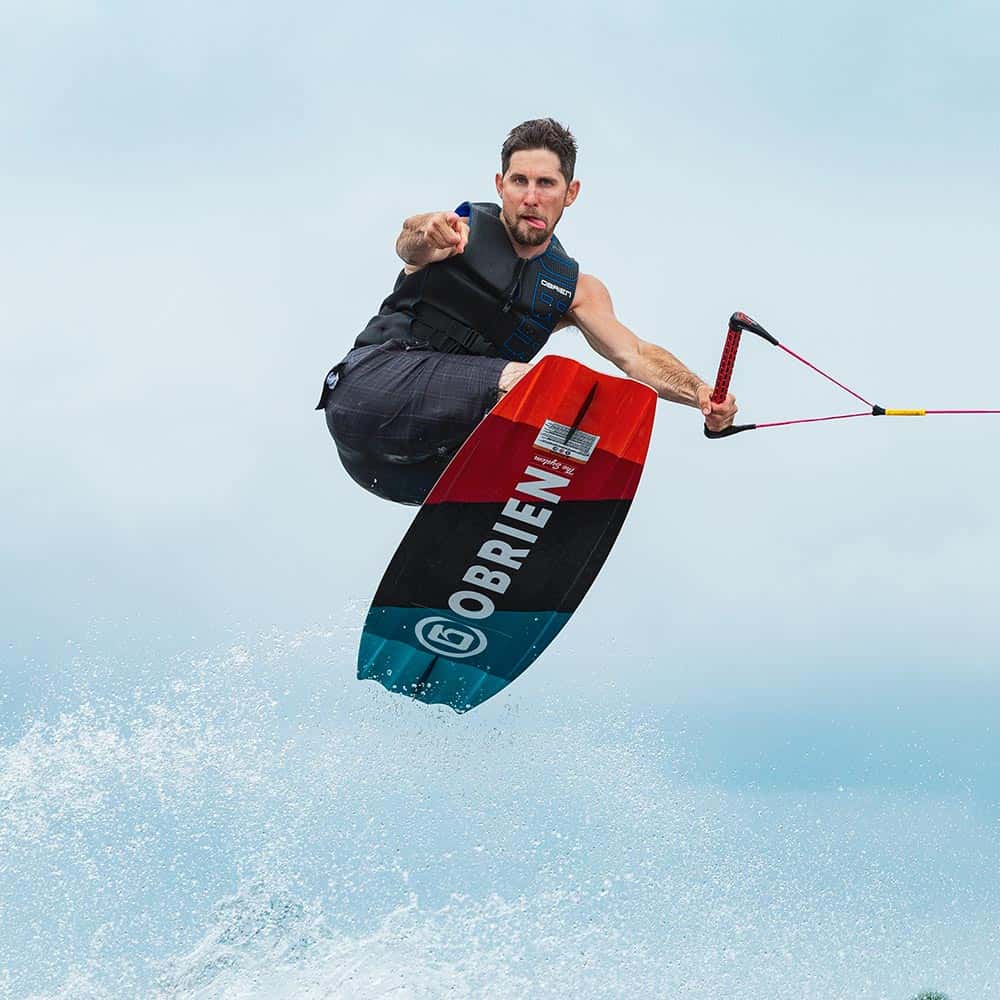
Leave a Reply